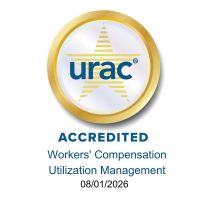Misconceptions, Mistakes and Malevolence 4.0
Jun
10

Wrapping up our series from The New England Journal of Medicine article titled “Opioid Abuse in Chronic Pain — Misconceptions and Mitigation Strategies,” it is appropriate to discuss alternative treatment protocols.
We all know the war stories. Chronic pain claims are complex, controversial, difficult to manage, and tremendously expensive. In older adults, more that 40% claim this problem. We have touched on the many misconceptions regarding opioids and discussed risk factors and mitigation strategies.
There are many alternative treatments for chronic pain, although research is only now developing as to the efficacy of these strategies. Some of the promising techniques include:
- Cognitive-behavioral therapy;
- Physical rehabilitation;
- Complementary medicine;
- Non-opioid analgesics;
- Biofeedback.
Unfortunately, every claimant is different. Different situations require unique protocols. At OMCA we have implemented a Functional Restoration Program for many of our clients’ most intractable and catastrophic chronic pain claims.
Functional restoration is a multidisciplinary approach that removes psychosocial barriers to improve functionality. This program requires claimant buy-in and a commitment by the payor to a coordinated delivery of patient care and an ultimate reduction of payouts and reserves. It includes behavioral counseling along with a specially-designed intensive physical therapy regimen. A typical program requires daily claimant participation over a six week period. It’s not easy and it’s not for every injured worker…but improved functionality translates to better outcomes and lower expenses.
Call us. We can do better.
William Faris, JD
Chief Executive Officer
502-495-5040
william.faris@omca.biz
www.omca.biz
Posted in Uncategorized

